
NAtive American Jewelry
Discover the rich history and enduring artistry of Native American jewelry—from wampum beads and turquoise silverwork to ceremonial adornments that celebrate heritage, craftsmanship, and cultural identity.

Honoring Native American Craftsmanship
A Rich Jewelry History
As Thanksgiving approaches, it’s a meaningful time to reflect on the diverse cultural heritage that shapes our nation. Among the most enduring artistic legacies is that of Native American jewelry—handcrafted adornments that tell stories of tradition, identity, and artistry. Each region and tribe brought forth distinct styles and techniques, using materials from their environment to create pieces that hold deep symbolic meaning. From ancient bone earrings found in Alaska to modern turquoise and silver masterpieces, Native American jewelry continues to captivate the world. It’s a testament to both craftsmanship and cultural continuity—an art form passed down through generations, each piece carrying the spirit of its maker and the story of its people.
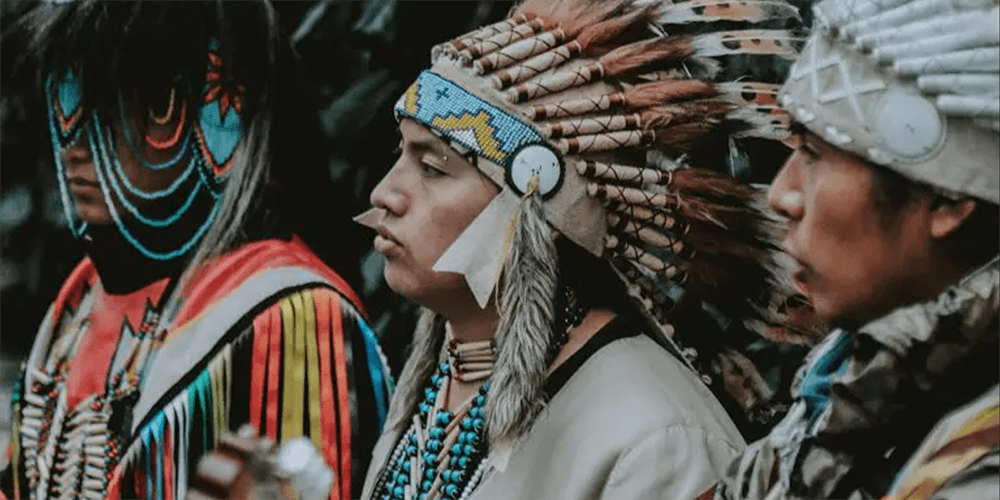
The Humble Beginnings: Bronze Age Fasteners
In the Northeastern United States, tribes such as the Iroquois and Wampanoag are renowned for their exquisite wampum beads. Made from the shells of white whelks and purple quahog clams, these beads were far more than decorative items—they were sacred records of history, lineage, and diplomacy. The word “wampum” itself comes from an Algonquin term meaning “strings of white beads,” and each strand held deep cultural and political significance.
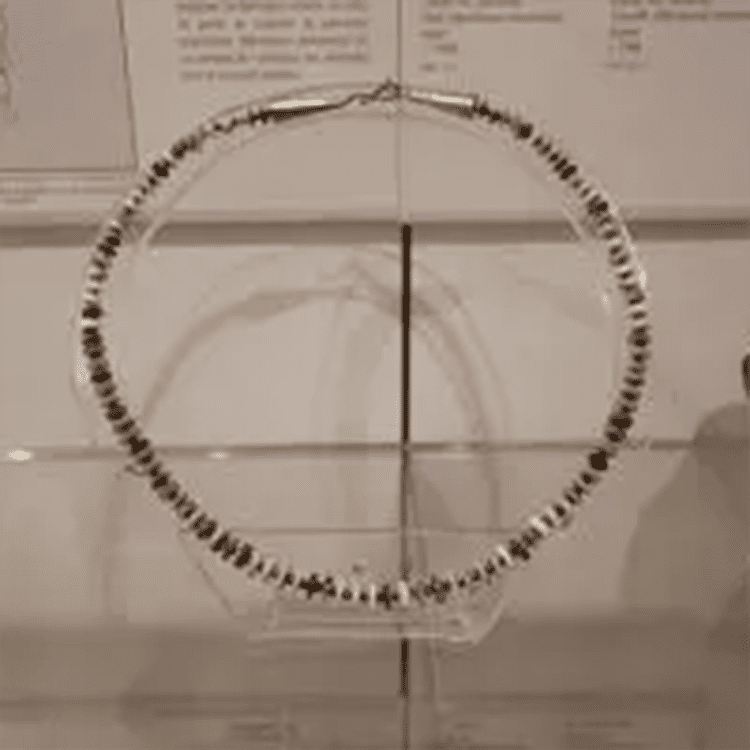

Wampum was traditionally woven into intricate belts that served as ceremonial documents, marking peace treaties and alliances. Two of the most famous examples are the Two-Row Belt, symbolizing a 1613 peace agreement between the Mohawk tribe and Dutch settlers, and the George Washington Belt, commemorating early relations between Indigenous nations and the newly formed United States. Today, wampum remains a proud emblem of cultural identity and storytelling.
War Bonnets and Adornments of the Great Plains Tribes
Across the Great Plains, personal adornment was an expression of honor, status, and spirituality. Perhaps the most iconic of these adornments is the war bonnet, a majestic headdress constructed from eagle feathers, beads, porcupine quills, and buckskin. Each element was carefully chosen for its symbolic power, representing courage, wisdom, and protection.
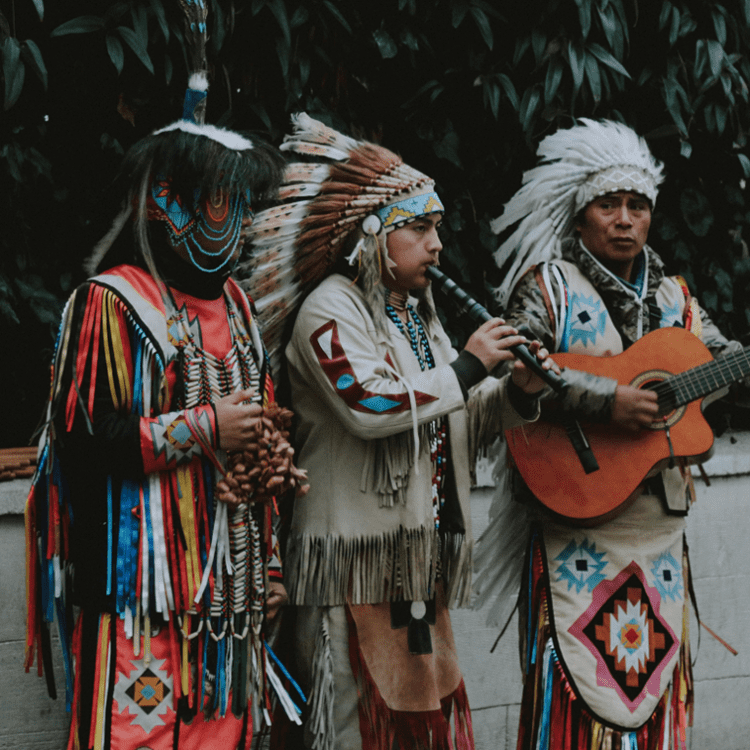
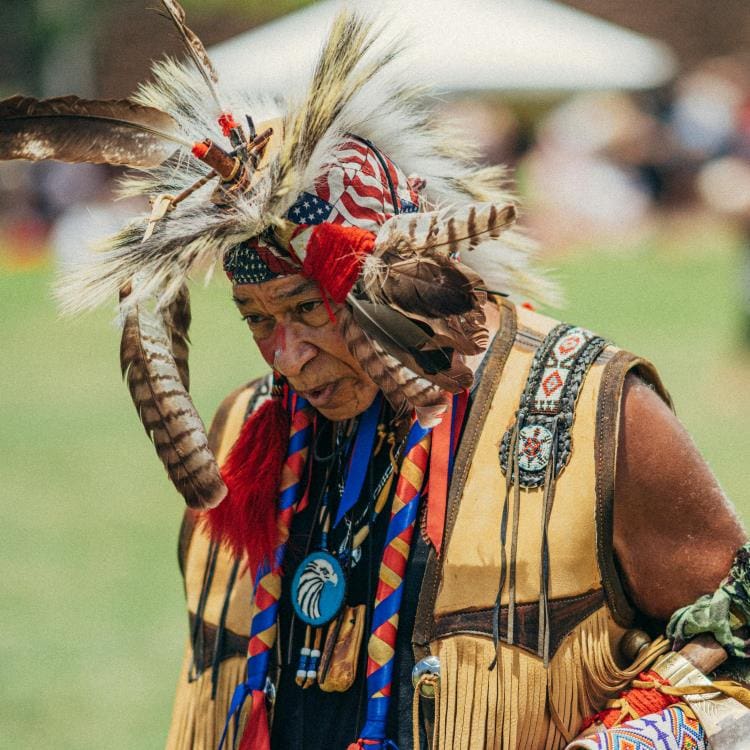
Historically, war bonnets were worn by esteemed warriors and leaders who had earned the right through acts of bravery. Today, these headdresses are used primarily in ceremonial contexts, continuing to symbolize leadership and respect. Their detailed craftsmanship and sacred meaning reflect the deep spiritual connection between artistry and identity among the Plains tribes.
Turquoise and Silverwork of the Southwestern Tribes
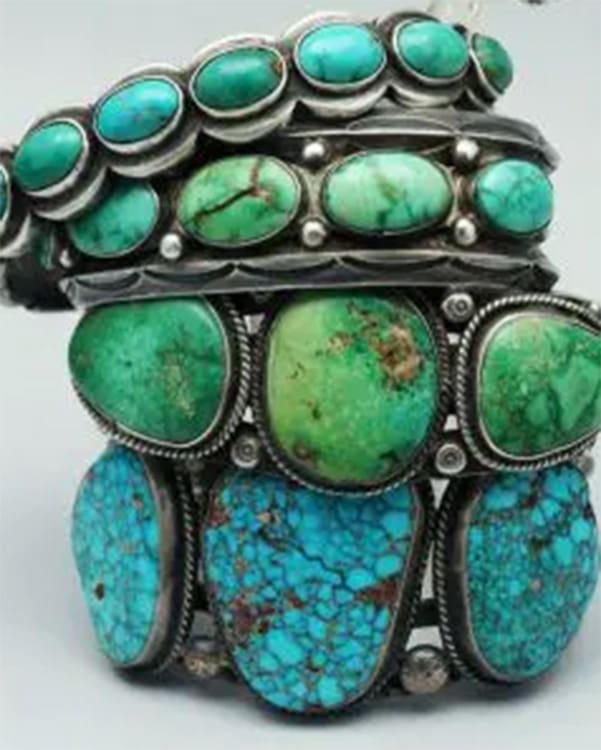
In the deserts of the Southwest, jewelry has long been a defining element of cultural and artistic expression. The Navajo, Hopi, and Zuni tribes are especially celebrated for their turquoise and silver jewelry—a combination that has become synonymous with Southwestern design. Although turquoise had been used for centuries, it wasn’t until the 19th century that silverwork entered the tradition, thanks to Navajo craftsman Atsidi Sani, who learned metalworking techniques from Mexican artisans.
By the late 1800s, Native American silversmiths began pairing intricate silver designs with turquoise inlays, giving rise to timeless pieces admired around the world. One of the most iconic designs is the squash blossom necklace, named for the small bell-like ornaments lining its chain and culminating in a large, horseshoe-shaped pendant known as the Naja. Often symbolizing fertility and protection, these necklaces remain a hallmark of Southwestern Native American artistry.
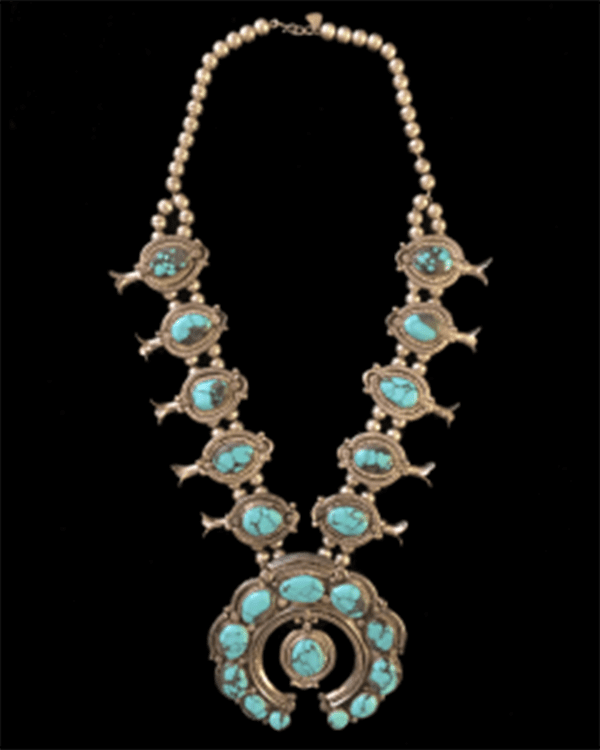
The Ongoing Legacy of Native American Jewelry
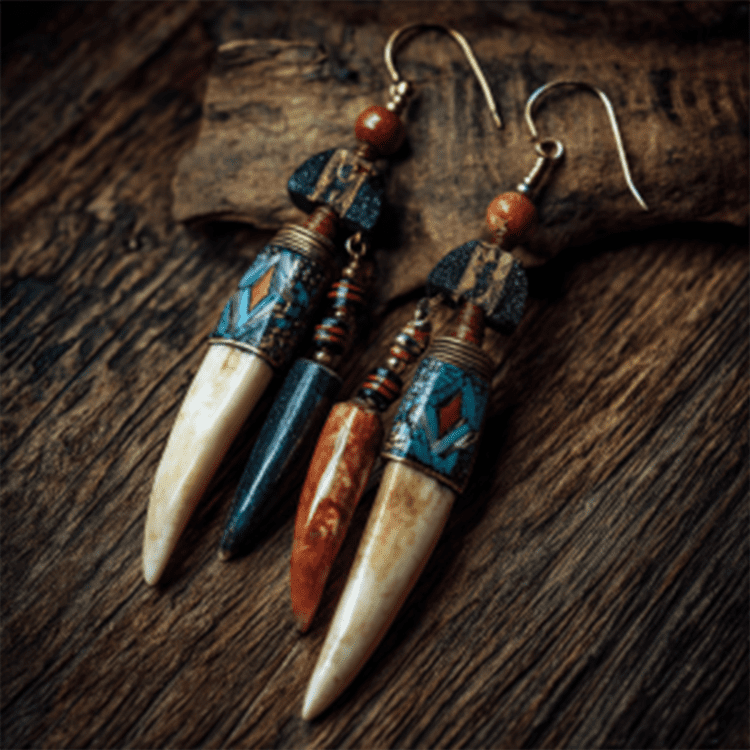
Native American jewelry is far more than adornment—it’s a living art form that continues to evolve while honoring its roots. Modern Indigenous artisans blend ancestral techniques with contemporary design, keeping the spirit of their heritage alive in each handcrafted piece. From beadwork and metalwork to turquoise and shell inlays, these creations embody centuries of tradition and cultural pride.
Preserving this legacy means more than appreciating its beauty; it’s about respecting the stories, struggles, and artistry that shaped it. As we celebrate this season of gratitude, let us give thanks for the Indigenous craftsmanship that continues to inspire and connect us—reminding us that jewelry, like history, is most powerful when its meaning endures.

Resources:
- History of Native American Jewelry: https://casorojewelrysafes.com/
- History of Native American Jewelry: https://alltribes.com/
- ¹Wampum Beads by Thomas Quine: https://commons.wikimedia.org/
- ²Two Row Belt by Oaktree b: https://commons.wikimedia.org/
- ³Turquoise Silver Jewelry by Silverborders: https://commons.wikimedia.org/
- ⁴Squash Blossom Necklace by 2freespace: https://commons.wikimedia.org/
- Blog outline and revising assisted by AI resources such as Google Gemini.
Last updated 11/04/2025
While You’re Still Here…
If you have a jewelry piece that needs a repair, you can be sure to trust it to the hands of our Master Jewelers right here at My Jewelry Repair

Check Out the Magic of Our Jewelry Services!
